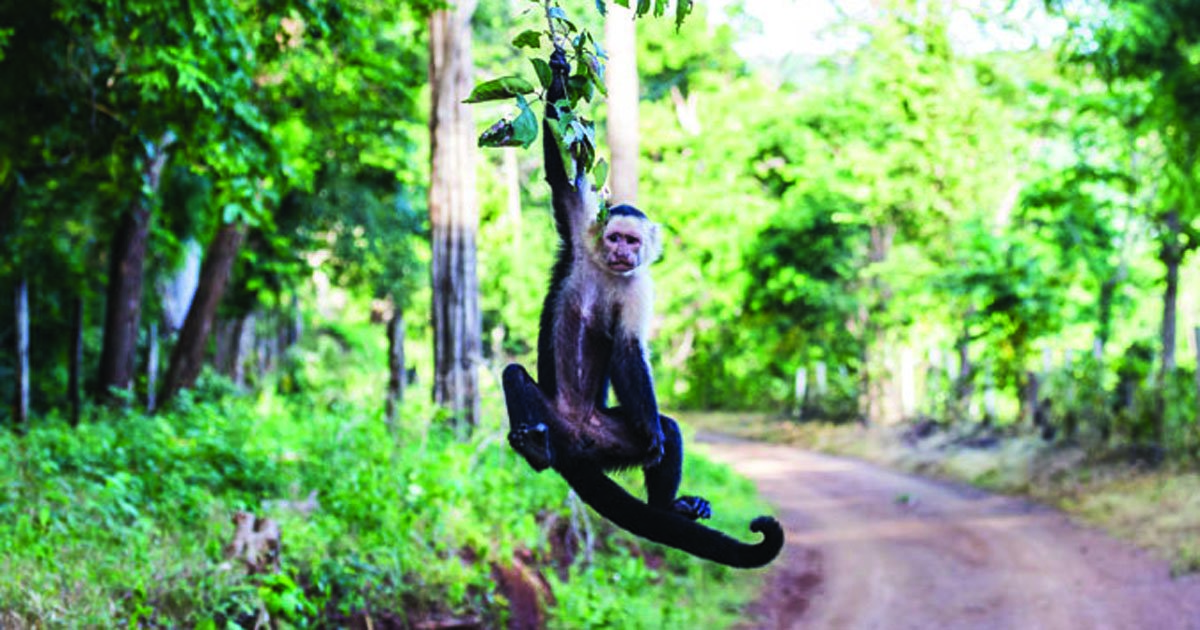Model identifies primate species most likely to spread Zika in the Americas
Through modeling, researchers identified the primate species in the Americas that are most likely to harbor Zika virus and found that those posing the greatest risk live in close proximity to humans, according to a study published in Epidemics.
“In one of the largest zoonotic disease outbreaks in modern times, the American Zika virus epidemic spread from Brazil to more than 30 surrounding countries in South and Central America,” Barbara A. Han, PhD, a disease ecologist at the Cary Institute of Ecosystem Studies, and colleagues wrote.
“Compared to other mosquito-borne flaviviruses, American Zika virus was relatively understudied, and is thought to have infected over half a million people in the latest outbreak, causing neurologic disorders in over 3,600 infants to date. While this Zika virus epidemic was de-categorized as a public health emergency of international concern in November 2016, the long-term public health and societal consequences of endemic Zika virus infection in the Americas could be substantial.”
Han and colleagues explained that they overcame a limited amount of relevant surveillance and biological data by combining two statistical tools — Bayesian multilabel machine learning and multiple imputation method — to assign primates a risk score.

“When modeling disease systems, data gaps can undermine our ability to predict where people are at risk,” Han said in a news release. “Globally, only two primate species have been confirmed positive for Zika virus. We were interested in how a marriage of two modeling techniques could help us overcome limited data on primate biology and ecology — with the goal of identifying surveillance priorities.”
The researchers analyzed data on flaviviruses and the primate species known to carry them and compared those traits with 364 primate species worldwide. According to the results, the model identified known flavivirus carriers with 82% accuracy. They used the model to assign risk scores to additional primate species likely to carry Zika virus.
According to the results, there are five species in the Americas with risk scores in the 90th percentile, including the tufted capuchin (Cebus apella), the Venezuelan red howler (Alouatta seniculus) and the white-faced capuchin (Cebus capucinus) — all of which Han and colleagues identified as being “exceptionally well-adapted to co-existing in dense human settlements.” The others are the white-fronted capuchin (Cebus albifrons), which are kept as pets and captured for live trade, and the spider monkey (Saimiri bolivienisis), which are hunted for bush meat.
“These species are geographically widespread, with abundant populations that live near human population centers,” researcher Subhabrata Majumdar, PhD, a senior inventive scientist at AT&T Labs Research, said in the release. “They are notorious crop raiders. They’re kept as pets. People display them in cities as tourist attractions and hunt them for bushmeat. In terms of spillover risk, this is a highly alarming result.” – by Bruce Thiel
Disclosures: The authors report no relevant financial disclosures.






